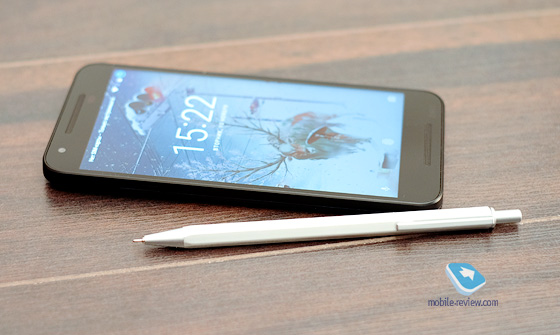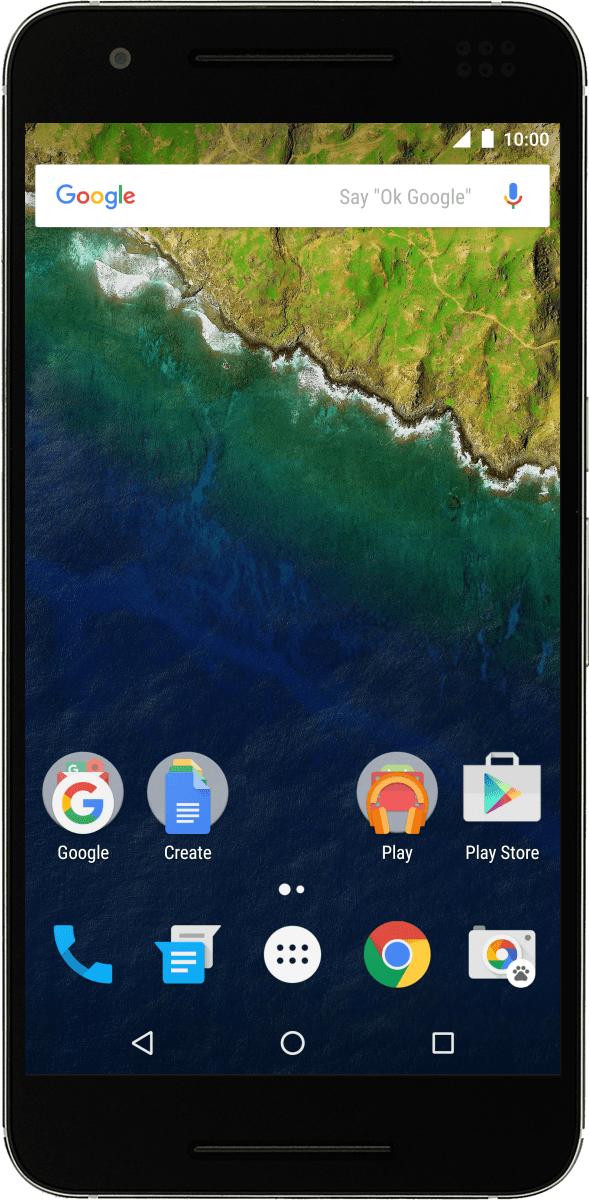

Modules writing to a file will append when it already exists, and consider Read a JSON file generated using -json-geo-dump. dlf-read DLF_FILE Read a DLF file generated by QCSuper or QXDM, enabling usb-modem TTY_DEV Use an USB modem exposing a DIAG pseudo-serial port adb command but with WSL2/Windows interoperability.
#How to connect nexus 6p to qxdm windows
adb-wsl2 ADB_WSL2 Unix path to the Windows adb executable.
#How to connect nexus 6p to qxdm android
adb Use a rooted Android phone with USB debugging enabled v, -verbose Add output for each received or sent Diag packet.Ĭhoose an one least input mode for DIAG data. efs-shell Spawn an interactive shell to navigate within theĮmbedded filesystem (EFS) of the baseband device. cli Use a command prompt, allowing for interactive h, -help show this help message and exit Ī tool for communicating with the Qualcomm DIAG protocol (also called QCDM or (-adb | -usb-modem TTY_DEV | -dlf-read DLF_FILE | -json-geo-read JSON_FILE) In order to use QCSuper, you specify one input (e.g: -adb (Android phone), -usb-modem) and one or more modules ( -wireshark-live for opening Wireshark, -pcap-dump for writing traffic to a PCAP file, -info for generic information about the device.). The data traffic you send uses a channel different from the signalling traffic, this channed is setup through the signalling traffic QCSuper should thus show you all details relevant to how this channel is initiated.

You can include the IP traffic you generate using the -include-ip-traffic option (IP being barely the layer 3 for your data traffic in 2G/3G/4G, at the detail that its headers may be compressed (ROHC) and a tiny PPP header may be included). Additionally, it supports putting decrypted NAS message, which are embedded encrypted embedded into RRC packet, in additional frames: flag -decrypt-nasīy default, the IP traffic sent by your device is not included, you see only the signalling frames.Additionally, it supports reassembling SIBs (System Information Blocks, the data broadcast to all users) in separate GSMTAP frames, as Wireshark currently can't do it itself: flag -reassemble-sibs.3G (UMTS): Layer 3 and upwards (RRC/.).2.5G (GPRS and EDGE): Layer 2 and upwards (MAC-RLC/.) for data acknowledgements.QCSuper allows you most often to capture on layer 3, as it is the most pratical to analyze using Wireshark, and is what the Diag protocol provides natively (and some interesting information is here). These protocols are put after a GSMTAP header, a standard header (encapsulated into UDP/IP) permitting to identify the protocol, and GSMTAP packets are put into a PCAP file that is fully analyzable using Wireshark.ĢG/3G/4G protocols can be broken into a few "layers": layer 1 is about the digital radio modulation and multiplexing, layer 2 handles stuff like fragmentation and acknowledgement, layer 3 is the proper signalling or user data. QCSuper supports capturing a handful of mobile radio protocols. You can then execute commands (which should start with qcsuper.py instead of. Still in your command prompt, move to the directory containing QCSuper using the cd command. Ubuntu currently provides a recent enough build for all versions. In order to open PCAP files produced by QCSuper, you can use any Wireshark 2.x for 2G/3G frames, but you need at least Wireshark 2.5.x for 4G frames (and 2.6.x for individual NAS messages decrypted out of 4G frames). In order to check for compatibility with your phone, look up the phone's model on a site like GSMArena and check whether it has a Qualcomm processor. To use it, your phone must be rooted or expose a diag service port over USB. QCSuper was tested and developed on Ubuntu 16.04, 18.04 and Windows 7. Table of contentsīlog post/demo: Presenting QCSuper: a tool for capturing your 2G/3G/4G air traffic on Qualcomm-based phones You want support, or to report that you device works or does not work? You can open a Github issue. It uses the Qualcomm Diag protocol, also called QCDM or DM (Diagnostic Monitor) in order to communicate with your phone's baseband.


 0 kommentar(er)
0 kommentar(er)
